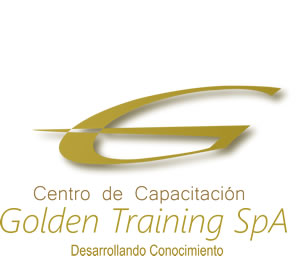Malla Curricular del Curso
After completing this course, students will be able to:
•Describe the Microsoft Web Technologies stack and select an appropriate technology to use to develop any given application.
•Design the architecture and implementation of a web application that will meet a set of functional requirements, user interface requirements, and address business models.
•Create MVC Models and write code that implements business logic within Model methods, properties, and events.
•Add Controllers to an MVC Application to manage user interaction, update models, and select and return Views.
•Create Views in an MVC application that display and edit data and interact with Models and Controllers.
•Run unit tests and debugging tools against a web application in Visual Studio and configure an application for troubleshooting.
•Develop a web application that uses the ASP.NET routing engine to present friendly URLs and a logical navigation hierarchy to users.
•Implement a consistent look and feel, including corporate branding, across an entire MVC web application.
•Use partial page updates and caching to reduce the network bandwidth used by an application and accelerate responses to user requests.
•Write JavaScript code that runs on the client side and utilizes the jQuery script library to optimize the responsiveness of an MVC web application.
•Implement a complete membership system in an MVC web application.
•Build an MVC application that resists malicious attacks and persists information about users and preferences.
•Describe how to write a Microsoft Azure web service and call it from and MVC application.
•Describe what a Web API is and why developers might add a Web API to an application.
•Modify the way browser requests are handled by an MVC application.
•Describe how to package and deploy an ASP.NET MVC web application from a development computer to a web server for staging or production.
